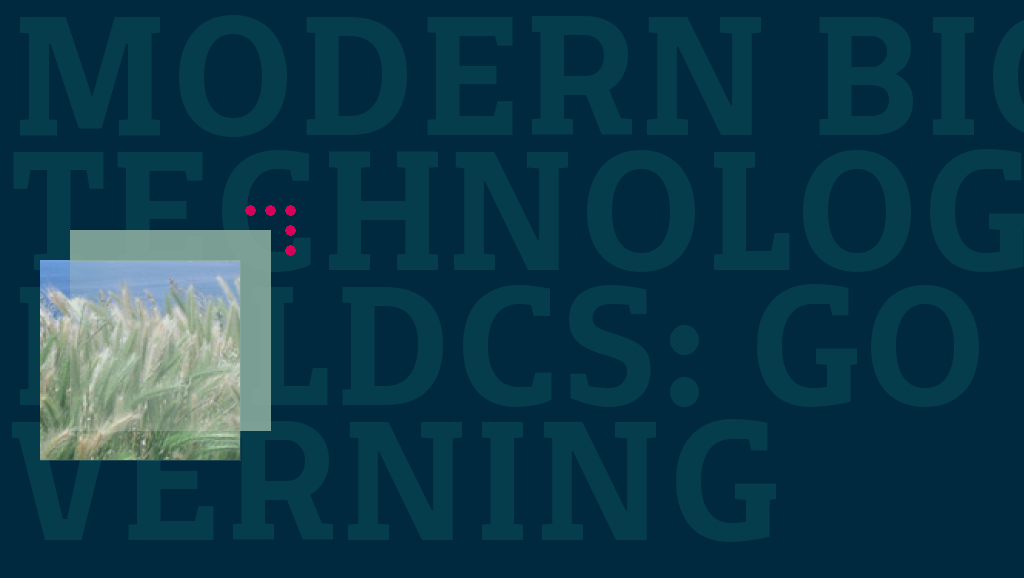Two popular assumptions justify the introduction of Genetically Modified (GM) seeds in agriculture. One is demographics, and especially the expectation that according to current rates of population growth in the poorest areas of the world by 2020 not enough food will be produced to feed everyone on the planet. The other is global warming as a result of traditional farming methods associated with the Green Revolution. Therefore, part of the international media and civil society stresses that innovative and sustainable solutions are badly needed and high expectations surround the introduction of biotechnology in agriculture. It should be said that genetic modifications of plants is not an entirely new thing as it has been around already at least since the classification of species and the early experiments of Mendel. However, molecular assisted genetic analysis and research make it possible to synthetise in the laboratory seeds whose DNA has been modified to endow them with special traits. By transferring genes from one species to another it is possible to generate seeds by apoptosis, basically isolating certain desired characteristics, say to make them more resistant to environmental agents, while removing undesired traits.
However, the debate on the introduction of modern biotechnology in agriculture is highly polarised. Enthusiasts point to the various possibilities that GM seeds can bring about from increasing yields, enhancing quality, reducing environmental impact to producing crops with improved nutrition contents. While opponents are concerned about the long-term impact on human health and the ecosystem, the controversial findings of the empirical studies conduced to date and the risks related to the appropriation of foreign multinationals patenting traditional local crops and staple food. India, given its geography and demographics, is one of the countries that will be most affected by food deficiencies in the future and is stimulating the imagination of many for its potential to become a major user of such technology. Presently, despite nearly 70% of the population is involved in agriculture, dispersions within the public distribution system mean that even if enough food is actually produced, it does not always reach the most needy, at the time most needed.
After nearly three months or so of pilgrimage from the fields of Haryana, across the desert of Rajastan, then through the tea leave plantations of Kerala, the catholic state of Goa and the mountains of the Nilgiri Hills National Park in Tamil Nadu there have been many thoughts and reflections along the way. The objective of this reportage is to isolate the crucial aspects of the debate about the introduction of GM seeds in India’s agricultural as well as to provide a disenchanted view of the relevant issues surrounding the use of biotechnology in agribusiness and especially the role of Trade Protection of Intellectual Property Rights (TRIPS). In a nutshell, whereas TRIPS are an obligation to WTO member countries, their effect on knowledge, innovation and wealth in LDCs is still unclear. Our exploratory study of India’s agricultural markets will start with an overview of the local reality, the identification of major players and actors involved and the international dimension framing these interactions. The macro-institutional framework complementary to the adoption and distribution of GM seeds will be analysed and improvements in this area of development policy will be proposed. Conclusions and suggestions follow.
















